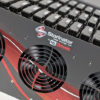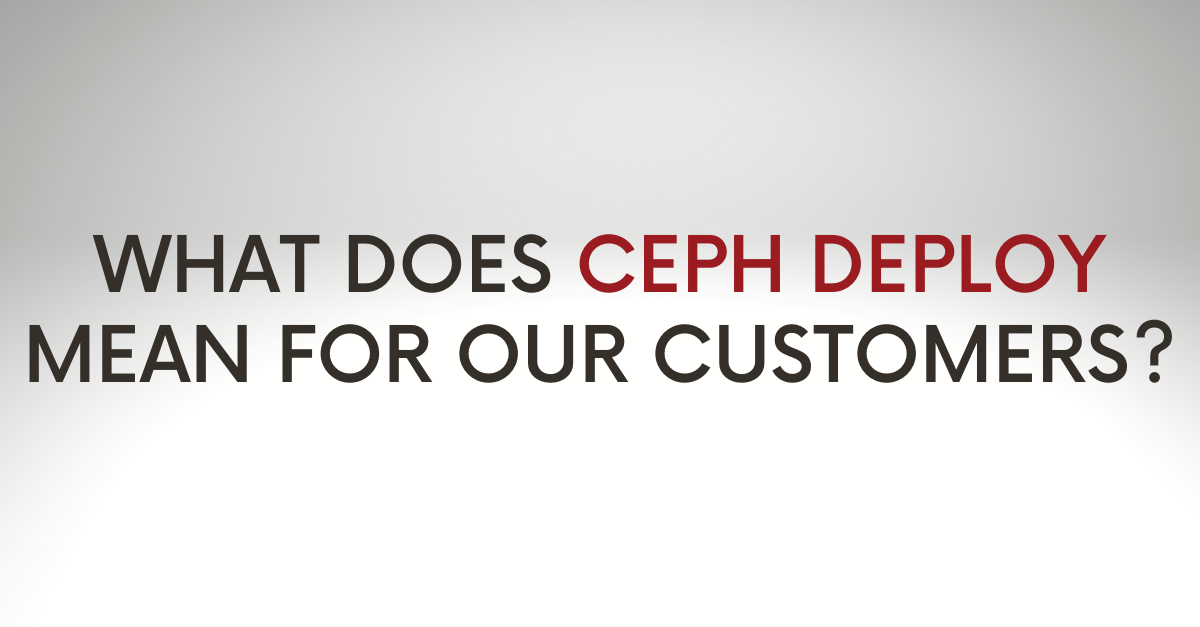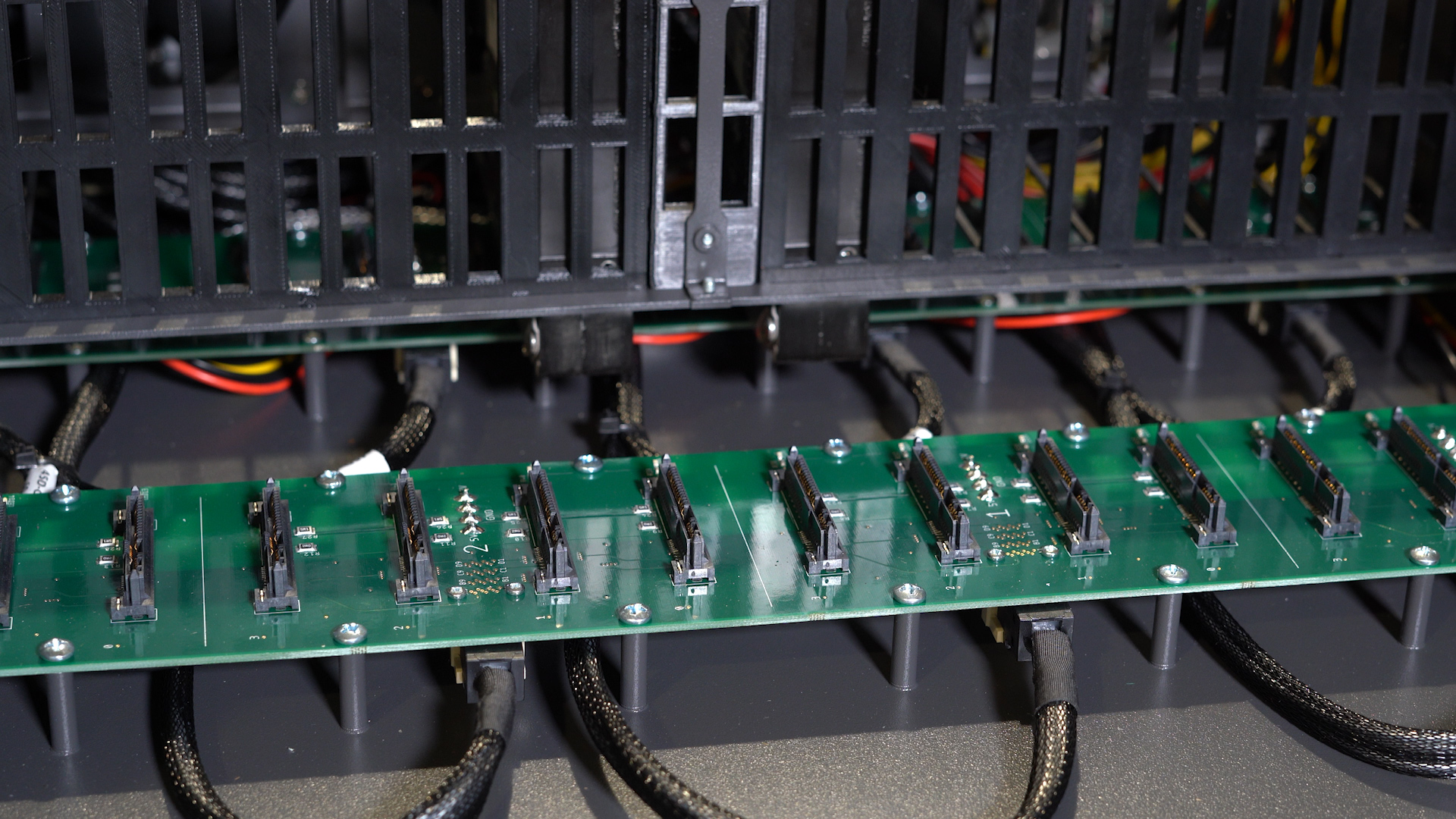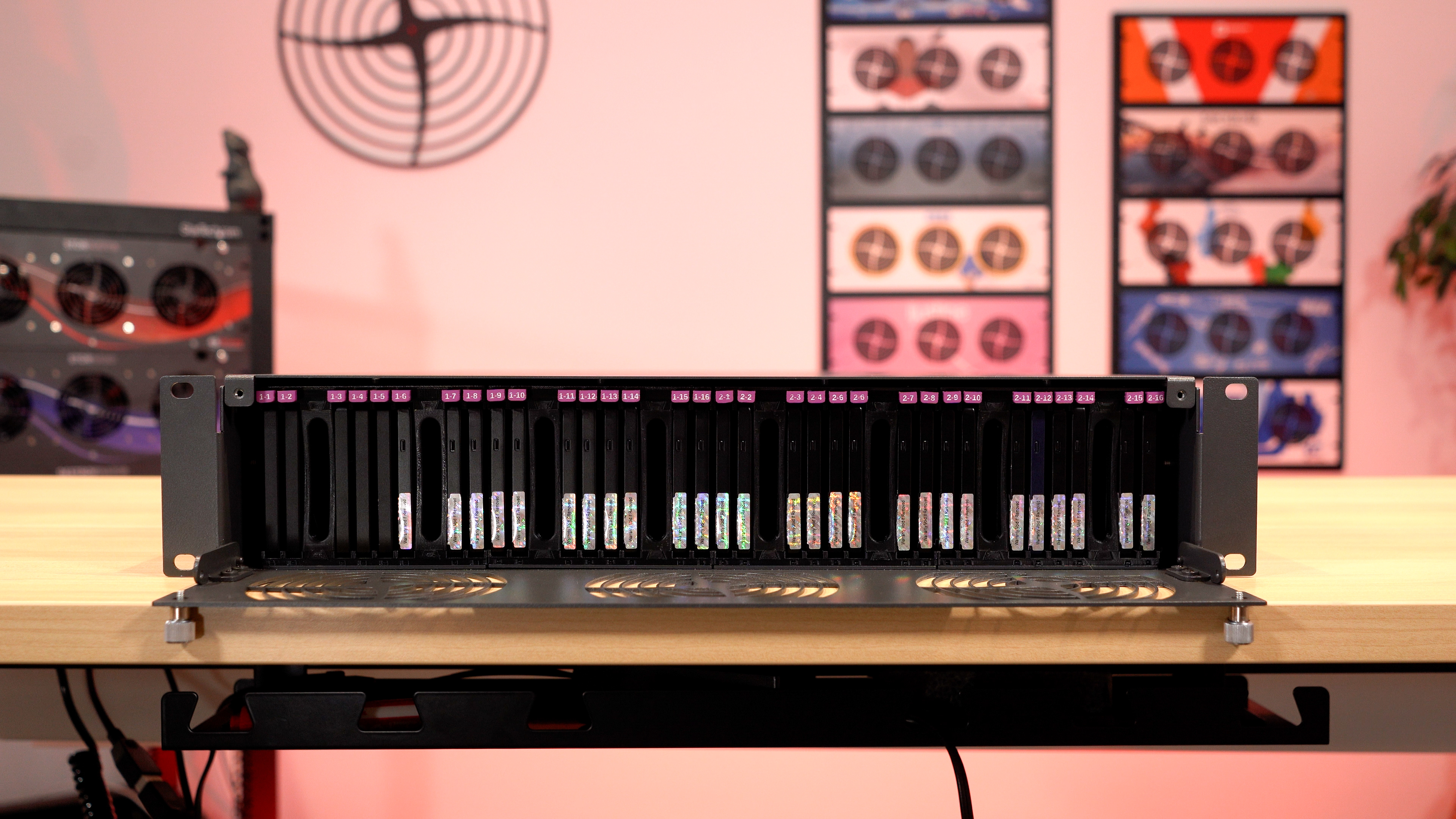Storinator Buying Guide (Part 1)
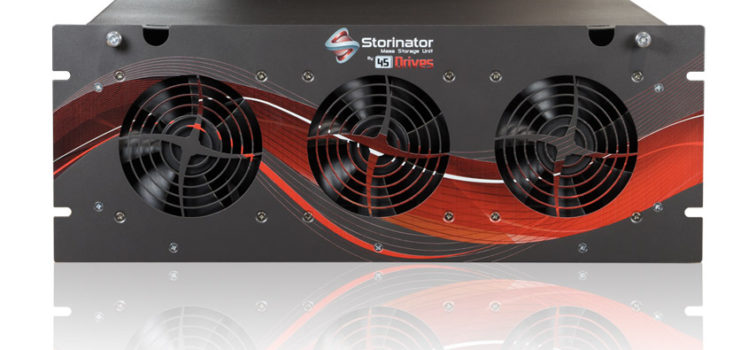
Determining what storage application works best for you can be a difficult task. Luckily, we have an amazing support team and plenty of great resources to help you get the right 45Drives storage solution for your specific needs.
If you need storage, are out of storage, or running out of storage but are unsure what you need – this guide will help you decide which Storinator storage server and configuration is best for your data needs.
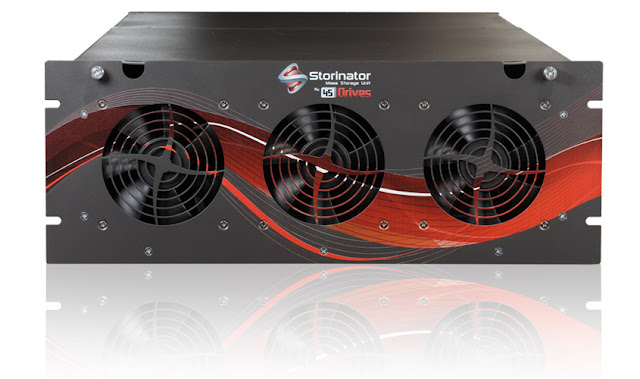
The Storinator storage server’s configuration is flexible; this gives you an advantage and enables you to get exactly the right system for your use case. However, it can be slightly intimidating when making purchasing decisions. That’s why we designate a specific account manager for you.
Your account manager is there to help you every step of the way and ensure you’re getting the exact storage solution you require. If you’re ready to talk to an account manager, click here. If you want to learn more, keep reading!
Storinator Buying Guide
The first step in choosing a Storinator storage server is asking these questions:
How much storage space do I need?
Sure, this seems like an obvious question, but it can be a little more difficult to determine. First, think about your current storage capacity. At what rate is your storage server filling now, and how much is that rate increasing?
Think about the timeframe you want to purchase storage. Then, with all this information, you should determine what useable capacity you’ll need over the lifetime of your NAS.
Please note: When we talk about raw capacity, we mean the capacity of the Network Attached Storage (NAS) plus the number of drives multiplied by the size of the drive. So, for example, if you have a Storinator S45 populated with 10TB drives, that gives you 450TB of raw storage.
It’s important to remember that the useable capacity of the NAS is less than the raw capacity. Furthermore, a few factors affect the useable capacity, including RAID level and which operating system (OS) you use. This leads to another question you will want to ask yourself.
What RAID level do I need?
- RAID 0 – Does not affect useable capacity and the highest performance of any RAID level. But if one drive is lost, the entire RAID will fail.
- RAID 1 – 50% of raw capacity is lost to redundancy. You won’t lose any data unless you lose both drives from a mirrored pair.
- RAID 10 – 50% of raw capacity lost to redundancy. It’s also faster than a RAID 1, but if you lose two drives from the same mirror, the entire pool is lost instead of just the contents of one drive.
- RAID 5 or 50 – 1 drive worth of raw capacity is lost to redundancy per RAID 5 array. The pool will still rebuild if you lose one drive but is very vulnerable during the rebuild. RAID 5 is slower than RAID 0.
- RAID 6 or 60 – 2 drives worth of raw capacity is lost to redundancy per RAID 6. So you can withstand two drive failures per array. Slower but considered by many to be a good tradeoff with a RAID 10 for the increased space efficiency and strong redundancy.
The decision between different RAID levels will be a choice between these attributes:
- Storage efficiency
- Performance
- Redundancy
- Rebuild times/safety
- Cost-effectiveness
For more information on the tradeoffs between RAID levels, check out our blog, article, or video on the subject.
The equations for how each of these levels affects space efficiency are:
| RAID 0 | RAID 1/10 | RAID 5/50 | RAID 6/60 |
| (n) | (n/2) | (n-1 * drive size) | (n-2 * drive size) |
Where (n = number of drives * drive size)
Once you have determined your required size, you can figure out which model of Storinator you will require. We have a RAID calculator for both RAID and RAIDZ that is free to use. Take a glance; useable capacities for each RAID level are in the table below.
| AV15 | 1TB | 2TB | 3TB | 4TB | 6TB | 8TB | 10TB | 12TB |
| RAID0 | 15 | 30 | 45 | 60 | 90 | 120 | 150 | 180 |
| RAID1 | 7.5 | 15 | 22.5 | 30 | 45 | 60 | 75 | 90 |
| RAID5 | 14 | 28 | 42 | 56 | 84 | 112 | 140 | 168 |
| RAID6 | 13 | 26 | 39 | 52 | 78 | 104 | 130 | 156 |
| Q30 | 1TB | 2TB | 3TB | 4TB | 6TB | 8TB | 10TB | 12TB |
| RAID0 | 30 | 60 | 90 | 120 | 180 | 240 | 300 | 360 |
| RAID1 | 15 | 30 | 45 | 60 | 90 | 120 | 150 | 180 |
| RAID5 | 29 | 58 | 87 | 116 | 174 | 232 | 290 | 348 |
| RAID6 | 28 | 56 | 84 | 112 | 168 | 224 | 280 | 336 |
| S45 | 1TB | 2TB | 3TB | 4TB | 6TB | 8TB | 10TB | 12TB |
| RAID0 | 45 | 90 | 135 | 180 | 270 | 360 | 450 | 540 |
| RAID1 | 22.5 | 45 | 67.5 | 90 | 135 | 180 | 225 | 270 |
| RAID5 | 44 | 88 | 132 | 176 | 264 | 352 | 440 | 528 |
| RAID6 | 43 | 86 | 129 | 172 | 258 | 344 | 430 | 516 |
| XL60 | 1TB | 2TB | 3TB | 4TB | 6TB | 8TB | 10TB | 12TB |
| RAID0 | 60 | 120 | 180 | 240 | 360 | 480 | 600 | 720 |
| RAID1 | 30 | 60 | 90 | 120 | 180 | 240 | 300 | 360 |
| RAID5 | 59 | 118 | 177 | 236 | 354 | 472 | 590 | 708 |
| RAID6 | 58 | 116 | 174 | 232 | 348 | 468 | 580 | 696 |
*16TB, 18TB, and 20TB drives are available. A certain amount of open space is required for performance overhead from the OS, sometimes as much as 20%. The numbers above show the actual useable capacity for your Storinator storage server.
As always, if you have any questions, reach out to us! Our account managers are here to help you with all your questions, concerns, and planning. They are also here to simplify the purchasing process for you.
You can contact us here or by using our online chat tool found on our website.
Check out part Part 2 of the buying guide here. In part 2 we get into features and use cases. As always, we welcome your feedback and question, leave a comment below!

